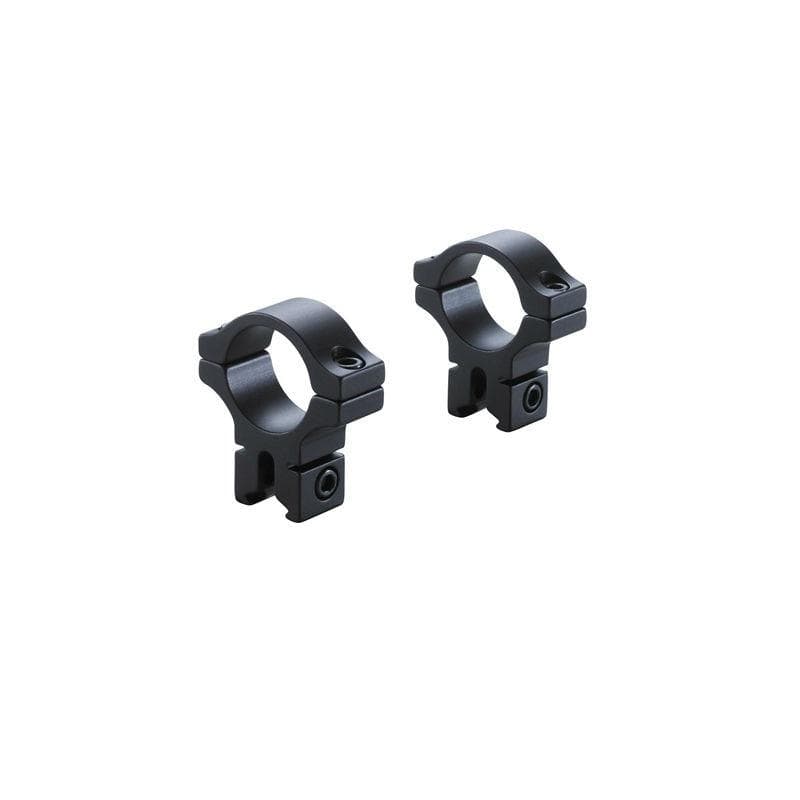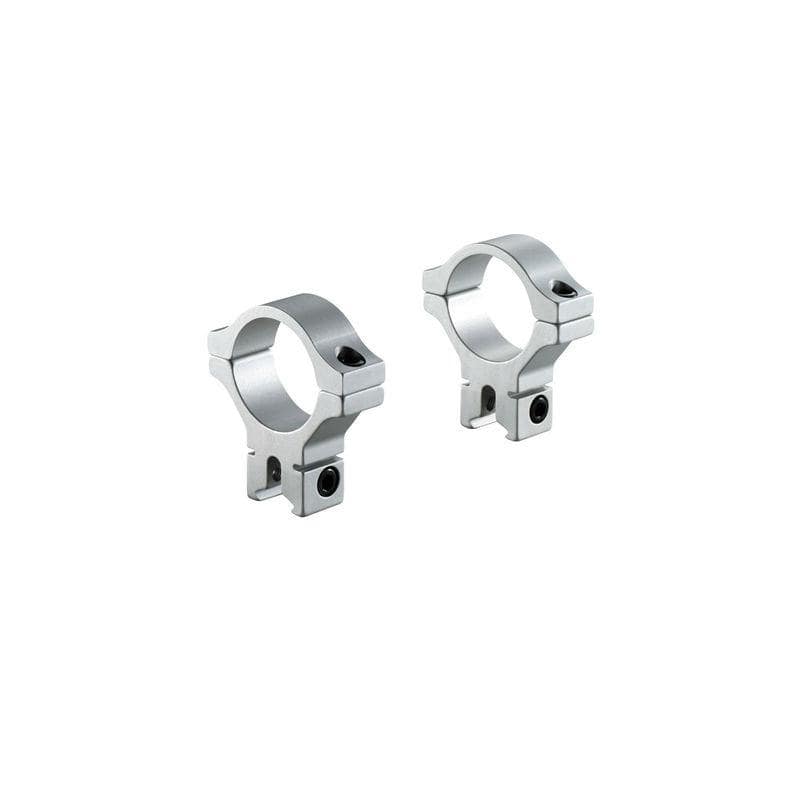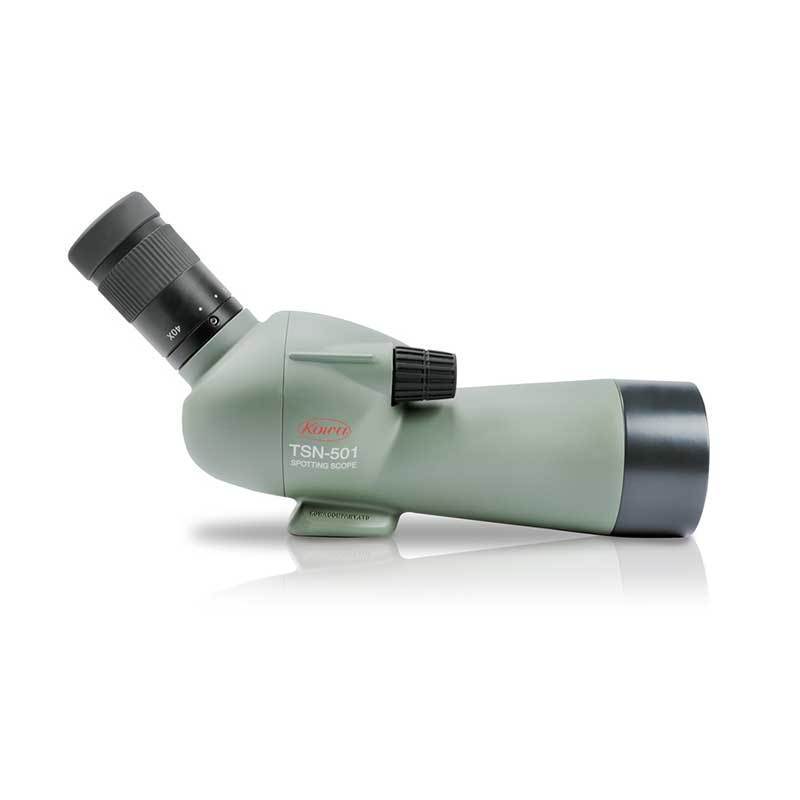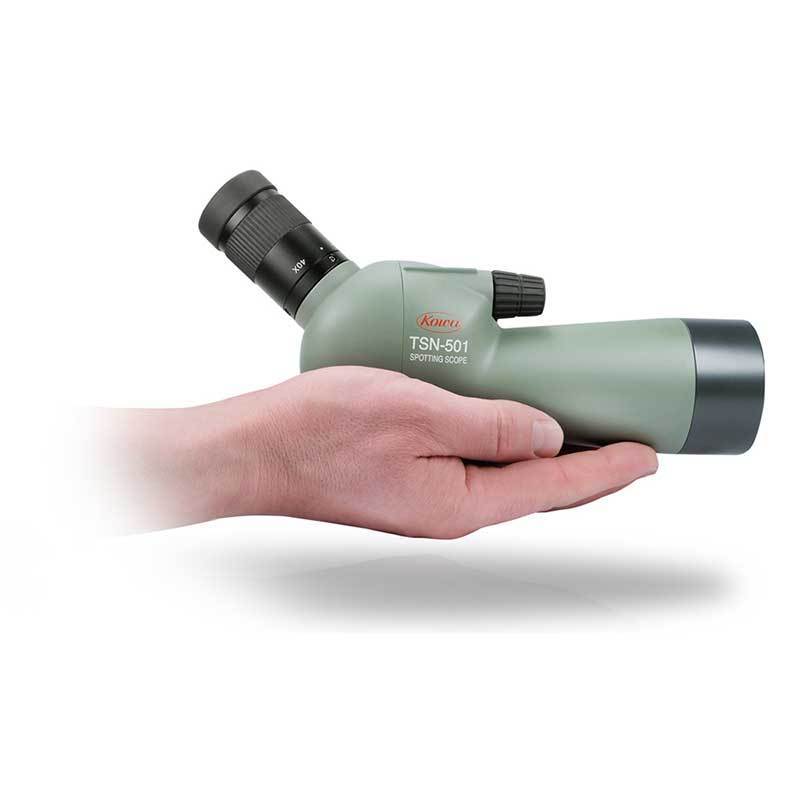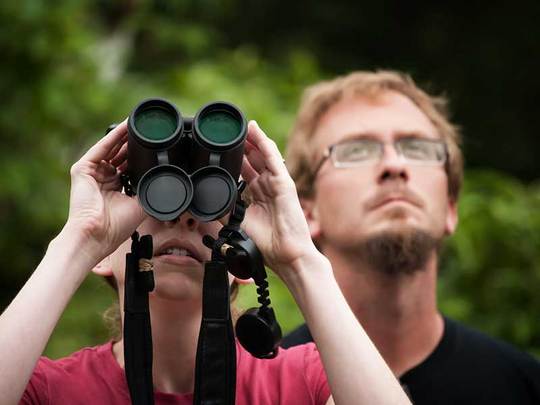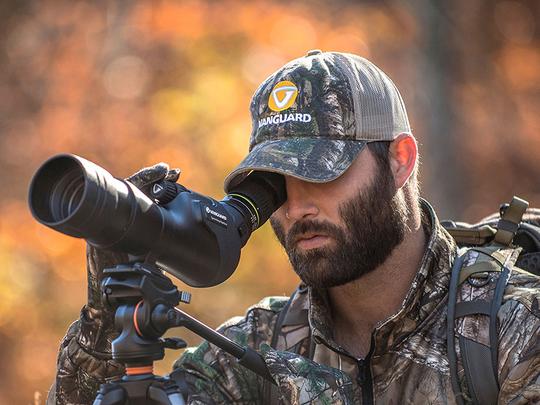Monocular buyer's guide

Use our monocular buyer's guide to help you choose the right monocular for you. If you're toying between binoculars, spotting scopes and monoculars but don’t know which one will be best for the job, our monoculars buying guide will help you to make an informed decision.
The information below will explore the difference between monoculars and other scopes such as binoculars and spotting scopes, and help you choose the perfect scope to suit your needs. We'll also help you to understand monocular magnification and lens size to ensure that you make the right decision.
Why choose a monocular?
Monoculars provide a great alternative to both binoculars and spotting scopes. They are:
-
made up of only one viewing scope, so are often only half the size of binoculars
-
significantly more compact, light and portable than both binoculars and spotting scopes
-
available in a range of sizes, some as small as 10cm in length
-
very portable and handy for a number of different activities, from sight-seeing, to bird watching, hiking, hunting, spectator sports or concerts
-
often favoured by people who want to have a ‘quick peek’ at something rather than viewing for an extended period of time.
Understanding the differences between monoculars, binoculars and spotting scopes
Monoculars vs binoculars:
The most significant functional difference between monoculars and binoculars involves depth perception. With binoculars you are able to view images in 3D as you can use both eyes, whereas monoculars offer more of a two-dimensional view as only one eye is able to use the scope at a time.
Monoculars vs spotting scopes:
Monoculars are similar to spotting scopes, with both products offering a single scope to view an object. The two types of scope simply differ in size and power; monoculars that have larger lenses, more powerful magnification, and wider views are called spotting scopes.
Size, portability and magnification:
-
Monoculars are significantly smaller and lighter than spotting scopes.
-
Monoculars have a much lower magnification than spotting scopes, with the magnification power of monoculars usually being 7x, compared to that of a spotting scope which is usually 20x or higher. We’ll talk more about magnification and lens size later.
Adjustments and comfort:
-
Monoculars usually come with one, non-removable fixed eyepiece, whereas spotting scopes often come with an array of different interchangeable eyepieces which increase comfort during use.
Choosing the right monocular for you
Understanding monocular specifications
Now that you have considered the pros and cons of monoculars, it’s time to take a closer look at the specification of monocular that you require.
The specification of a monocular is indicated by two numbers. The first number is the magnification power of the monocular; the second is the diameter of the monoculars objective, or front lens. These two elements effect how the monocular will perform in different circumstances and also the size of the monocular.
We’ve provided an example below to help you understand how this works.
Example: A monocular with a specification of 8×25
Magnification power
This monocular will have a magnification power of 8, meaning that an object will appear 8 times closer than it would to your unassisted eye. For example, if you view a buck that stands 50 metres away from you through a 8x42 monocular, it will appear as though it were only 6.25 meters away (50 divided by 8). Monoculars with higher magnification will allow you to see further and in more detail. The great thing about monoculars is that you get the same power of binoculars with only half of their size.
Objective lens diameter
The second number used in monocular identification refers to the monoculars objective lens diameter. The objective lens is the lens at the front of the monocular, furthest away from your eyes, and closest to what you are looking at. The objective lens diameter of the example monocular is 25mm.
The diameter of the objective lens largely determines how much light your monocular can gather. The larger the objective lens diameter, the more light that the monocular will capture. More light means a brighter view, particularly in low-light conditions. The downside is that the bigger the lens is the heavier and bulkier your monocular will be. Users who want to enjoy a wider, sharper and brighter image often opt for lenses that have an objective lens diameter of 30mm or over.


